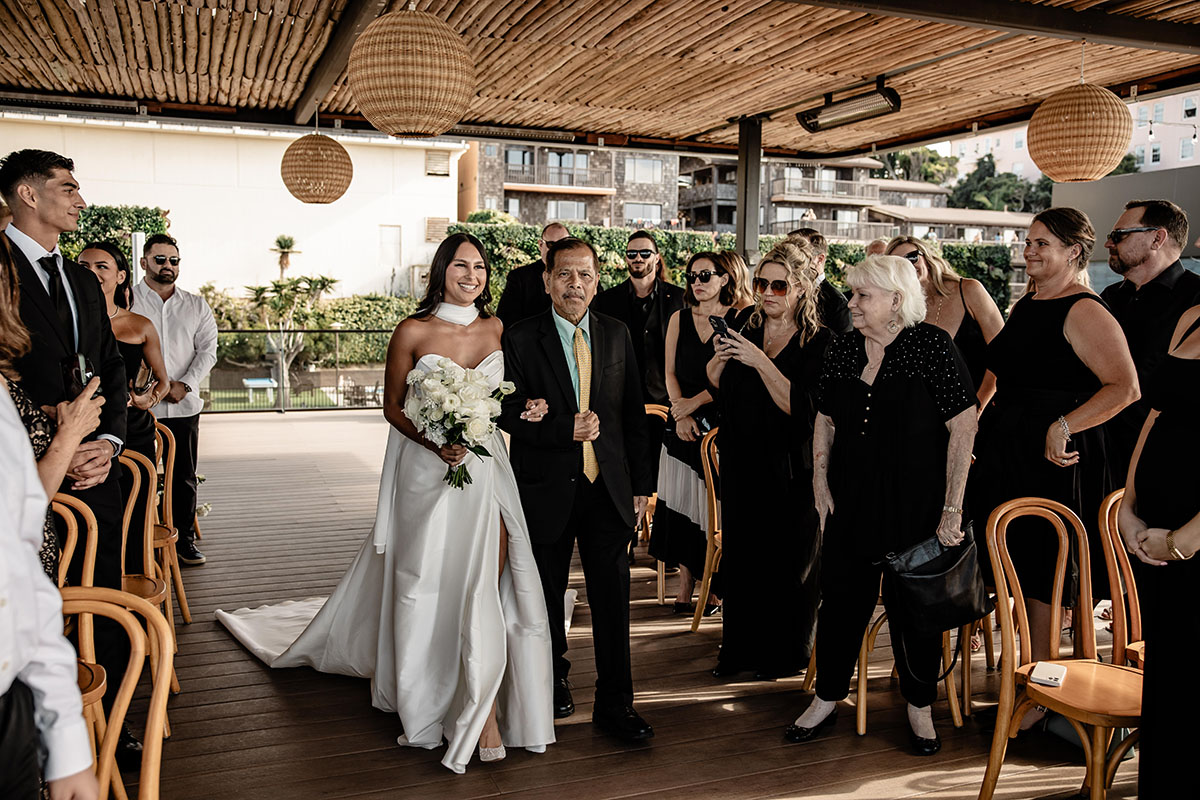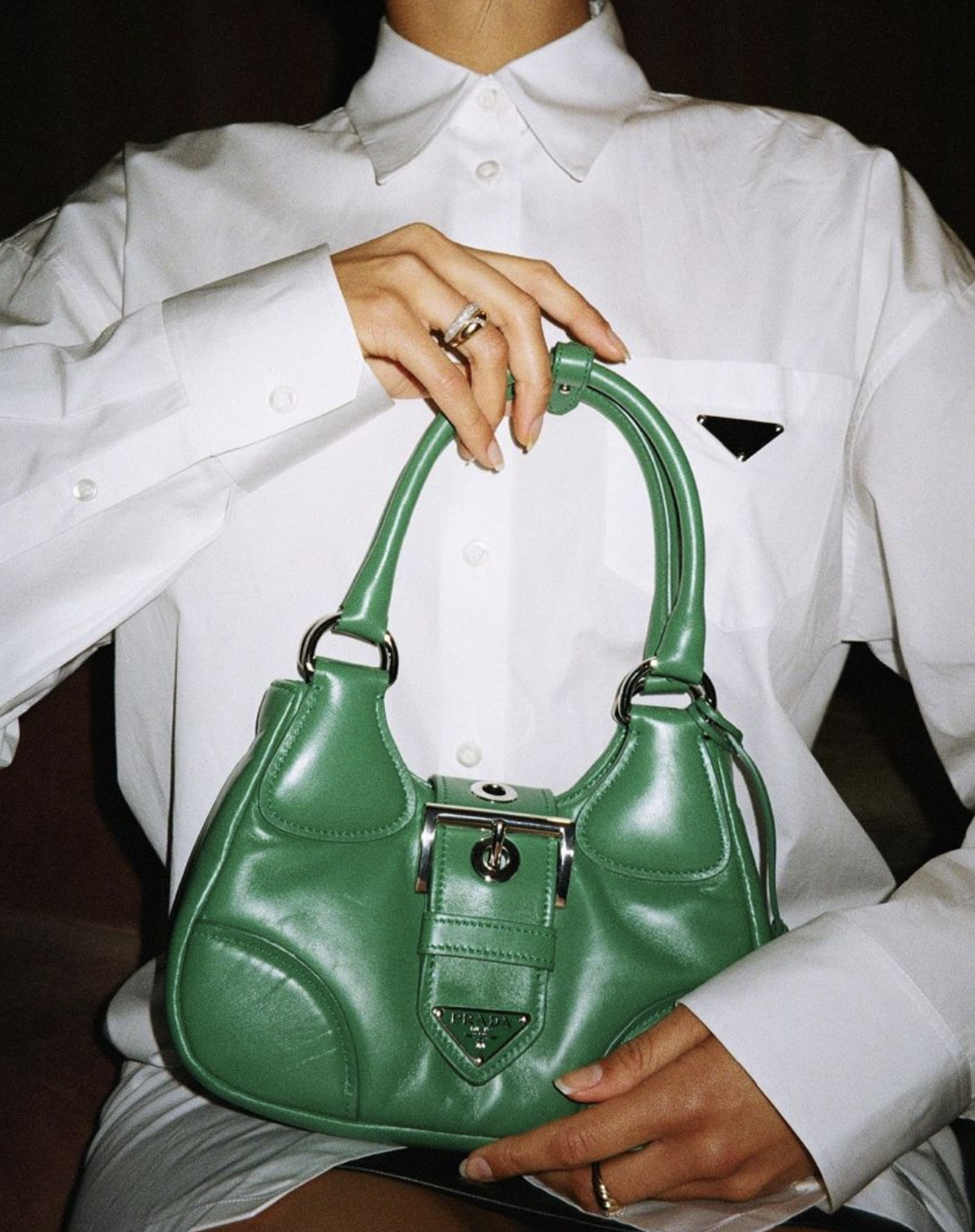Regarding wedding invitations, few dress codes generate as much confusion as “black tie optional.” Attendees frequently hesitate at this term, uncertain if it’s a request for tuxedos and evening dresses or a more lenient take on formal attire. In contrast to straightforward instructions like “casual” or “black tie,” the “optional” part offers flexibility—sometimes excessively so.
So what exactly does “black tie optional” mean, and how should guests interpret it when planning their outfits? Understanding this dress code can help ensure that attendees strike the right balance between elegance and appropriateness without feeling over- or underdressed.
At its essence, “black tie optional” indicates a dress code that is nearly as formal as black tie, yet offers some flexibility. For gentlemen, this implies that donning a tuxedo is appreciated but not mandatory; a dark, well-fitted suit with a traditional tie is equally suitable. For ladies, this dress code encourages long evening dresses, but elegant cocktail dresses, stylish jumpsuits, or a formal midi dress are also appropriate.
Based on how the couple sees it, selecting a dress code labeled as “black tie optional” frequently serves as a means to support a broader spectrum of guest tastes and financial considerations. They may picture a sophisticated event—maybe a nighttime gathering at an opulent location—but they are also aware that not all attendees have a tuxedo or an evening dress. The optional nature allows for a sophisticated atmosphere without compelling every attendee to don completely formal clothing.
The timing and venue of the celebration might offer some hints. Should the wedding take place in the evening at a luxury spot such as a historic hotel, an art museum, or an exclusive club, the atmosphere is likely to be formal, suggesting attire like tuxedos and evening gowns for attendees. On the other hand, a daytime event held in a garden or on a beach could suggest a more relaxed dress code within the “optional” range.
For men who want to err on the side of formality without renting a tux, a dark navy or charcoal suit paired with a crisp white shirt and a classic tie will typically meet expectations. Polished dress shoes and minimal accessories complete the look. If the groom and groomsmen are in tuxedos, wearing one as a guest can help match the tone, but it’s not mandatory.
Women navigating a “black tie optional” dress code have several stylish options. A long evening dress is always a safe choice, especially for events held after 6 p.m. However, a refined cocktail dress—one with elegant fabrics like silk, satin, or chiffon—can also be appropriate. Accessories such as statement earrings, a sleek clutch, and sophisticated heels can elevate even a minimalist ensemble to suit the occasion.
Choosing the right color is also important. Darker shades such as navy, emerald, burgundy, or black typically create a more formal ambiance, whereas soft pastels or floral designs might suit a more casual environment if it aligns with the occasion and timing. Irrespective of the color, focus on elegant shapes and high-quality clothing.
It’s crucial to distinguish “black tie optional” from semi-formal or cocktail dress codes. Although semi-formal and cocktail are more relaxed and informal, “black tie optional” still suggests a degree of sophistication. Arriving in attire that’s overly casual—such as a sundress, khakis, or a sports jacket—could seem inappropriate, particularly if other attendees have embraced the more formal aspect of the dress code.
One advantage of this dress code is the room it offers for personal style. Unlike strict black tie, which limits men to tuxedos and women to floor-length gowns, “optional” allows for a more individual approach. Guests can honor the formality of the occasion while choosing outfits that align with their personal taste and comfort.
Esta adaptabilidad puede ser particularmente beneficiosa para los invitados que vienen de fuera de la ciudad o aquellos que viajan con espacio de equipaje limitado. Llevar un traje versátil o un vestido que pueda convertirse de formal a casual con accesorios proporciona opciones sin comprometerse con un único estilo. Para las parejas, ofrecer esta alternativa puede garantizar que los invitados se sientan cómodos sin importar sus opciones de vestuario o sus preferencias de moda.
Of course, if a guest is ever unsure, it’s perfectly acceptable to reach out to the couple or wedding planner for clarification. They can offer insight into the formality of the venue, the attire of the wedding party, and any regional customs that might influence expectations. This is especially true for destination weddings or multicultural celebrations, where dress codes may vary based on tradition.
Ultimately, the goal of a wedding dress code is to set a tone that aligns with the couple’s vision while helping guests feel confident and comfortable. “Black tie optional” strikes a middle ground—elevated but inclusive, stylish but not rigid. It allows everyone to participate in the elegance of the occasion without feeling burdened by specific rules.
If carefully considered, this dress code can result in a tastefully dressed group of attendees who look harmonious without being identical. By focusing on details, high-quality materials, and a touch of elegance, guests can confidently adopt the “black tie optional” style, ensuring they blend well with the occasion while showcasing their personal fashion sense.



